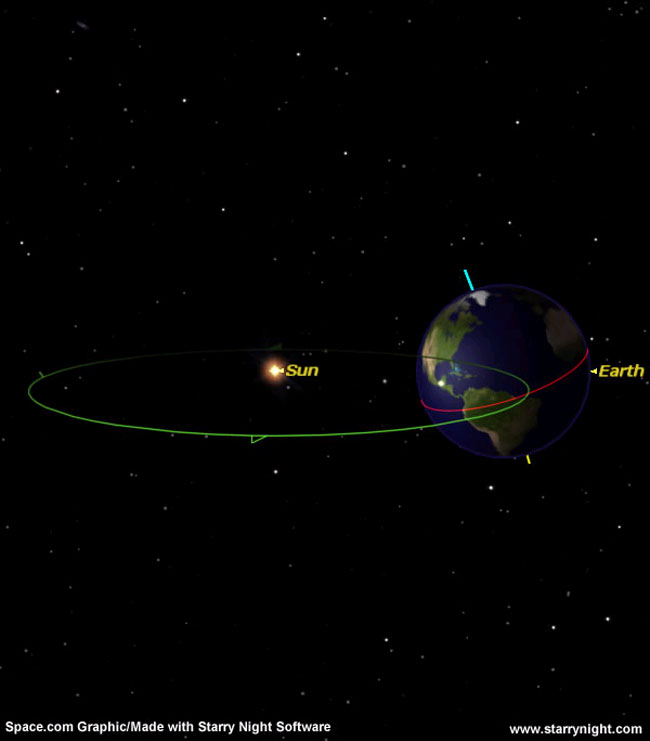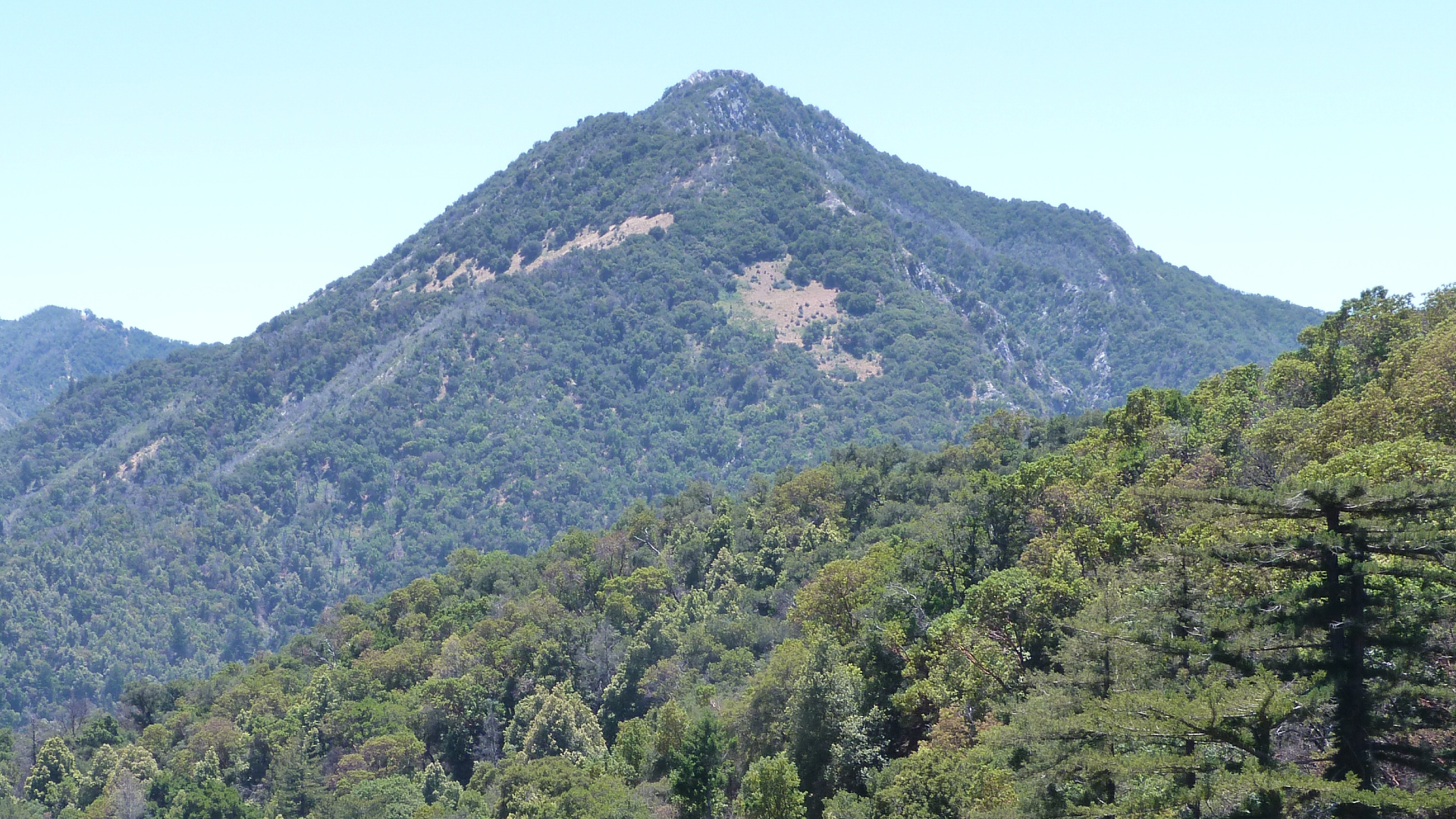
This past Thursday (Aug. 1) was Lammas Day, whose name is derived from the Old English "loaf-mass," because it was once observed as a harvest festival.
Lammas Day was traditionally regarded as the third of the four "cross-quarter" days of the year, or the middle of the Northern Hemisphere's summer season, halfway between the June solstice and the September equinox.
In actuality, however, the midpoint of the 2013 northern summer — that moment that comes exactly between the summer solstice on June 21 and the Sept. 22 autumnal equinox — will not occur until Tuesday (Aug. 6) at 8:54 p.m. EDT (0054 GMT on Aug. 7). [Earth's Equinoxes & Solstices (Infographic)]
Although the altitude of the sun has been decreasing and the amount of daylight has been diminishing since the summer solstice, any changes to this point have been relatively subtle. On the first day of summer in New York, for example, sunset occurred at 8:30 p.m. and the day (from sunrise to sunset) stretched for 15 hours and 5 minutes. On Tuesday, the sun will set at 8:06 p.m. in New York, with the loss of daylight since June 21 amounting to just 56 minutes.
And even though the first half of summer will soon be behind us, we have only just now passed the warmest part of the year for many locations in the Northern Hemisphere. This is despite the fact that the midday sun is now about 6 degrees lower than it was six weeks ago. (Your clenched fist held at arm's length measures about 10 degrees.)
But it is in the second half of summer that the effects of the southward shift of the sun’s direct rays start becoming much more noticeable. In fact, by Sept. 22, New Yorkers will see the sun setting before seven in the evening (6:56 p.m.), while the length of daylight will have been reduced by almost two full hours since Aug. 6.
Interestingly, for many northern locales, long-term records indicate the last two weeks of July are the warmest of the summer. But average daily temperatures fall rapidly thereafter, so that by the last day of August they are lower in many parts of the country than during any day since the summer season officially began in late June.
Breaking space news, the latest updates on rocket launches, skywatching events and more!
Meteorologists, in fact, consider the summer season to be over at the end of August; they regard "meteorological summer" to be defined by the three months with the hottest temperatures: June, July and August.
So for all those who have grown tired of hot and humid days and uncomfortably warm nights, take heart: In the days and weeks to come, you’ll more readily be able to sense the later sunrises and earlier sunsets and see the more southerly position of the afternoon sunsets on the horizon. And soon the weather will respond as well, cooling down toward the crisp nights of autumn.
Take heed, then, those of us in the Northern Hemisphere are about to turn the corner both astronomically and meteorologically. I know that there are a fair number of you who wish that the summer would never end, but unfortunately, time and the seasons march on.
And for many of us, as the days get shorter, the faces grow longer.
Joe Rao serves as an instructor and guest lecturer at New York's Hayden Planetarium. He writes about astronomy for Natural History magazine, the Farmer's Almanac and other publications, and he is also an on-camera meteorologist for News 12 Westchester, N.Y. Follow us @Spacedotcom, Facebook or Google+. Originally published on SPACE.com.
Join our Space Forums to keep talking space on the latest missions, night sky and more! And if you have a news tip, correction or comment, let us know at: community@space.com.

Joe Rao is Space.com's skywatching columnist, as well as a veteran meteorologist and eclipse chaser who also serves as an instructor and guest lecturer at New York's Hayden Planetarium. He writes about astronomy for Natural History magazine, Sky & Telescope and other publications. Joe is an 8-time Emmy-nominated meteorologist who served the Putnam Valley region of New York for over 21 years. You can find him on Twitter and YouTube tracking lunar and solar eclipses, meteor showers and more. To find out Joe's latest project, visit him on Twitter.
